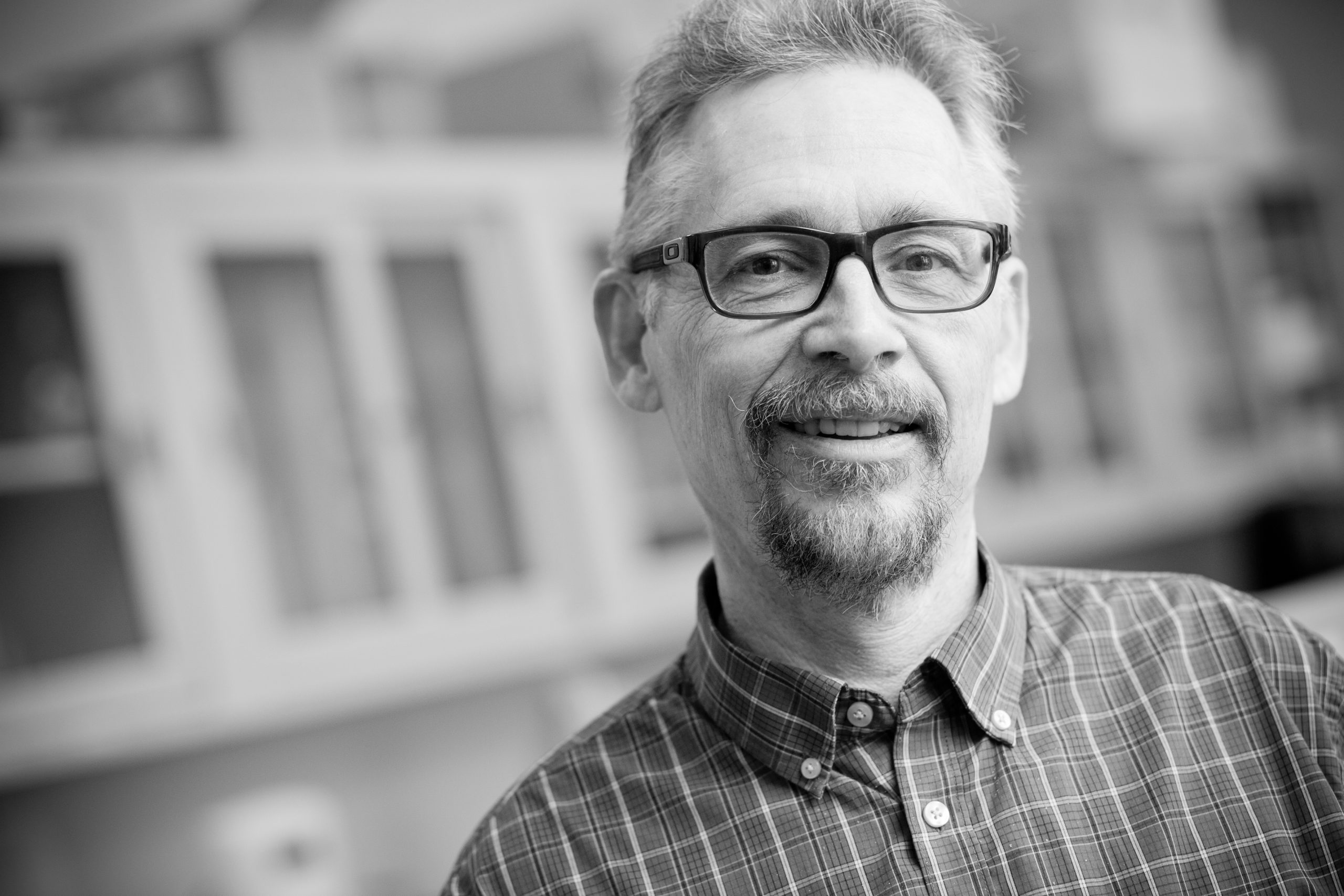
Many people think science is a collection of facts residing in books. I think there are just a collection of guesses about how things work, and science gives us tools for thinking critically about those guesses.
Professor
I teach classes related to food engineering and processing. The world is a big place and needs millions of pounds of food produced daily to keep its occupants healthy. While many of us understand how to cook and microwave common foods, it takes a unique combination of technology, large-scale equipment and art to produce such vast amounts of tasty foods. In addition, food processors have to understand the engineering, chemistry and microbiology of foods so they can produce foods that are safe, nutritious and affordable.
I also teach classes related to food structure and texture management. Foods are quite diverse in their structural features. For example, fruits and vegetables are comprised of compact plant cells containing interesting components such as starch, protein bodies and vacuoles filled with juices and pigments. Meats have elongated cells packed with long strands of proteins, with the cells being held together by a specialized collagen protein. An interconnected, and stretchy protein network holds bread together. This class helps students recognize structural differences in many foods and how these features are examined through tools such as microscopy, calorimetry and x-ray diffraction.
Much of my research deals with producing foods with higher nutrient density, or utilizing ingredients produced from agricultural materials that are usually thrown away. I have focused a lot on new drying technologies that can produce powdered ingredients that have vibrant colors, substantial fiber, full nutrient content, and various antioxidants and phytochemicals that may promote better health. I have also been testing various new ingredients, such as dried apple or blueberry pomace, in a variety of snack items. When used at appropriate levels, these can produce good-tasting new products with higher levels of fibers and nutrients. Much of my work deals with drying, extrusion, homogenization, freezing and other operations to transform foods. I also deal a lot with the effects of processing on new products we develop.
